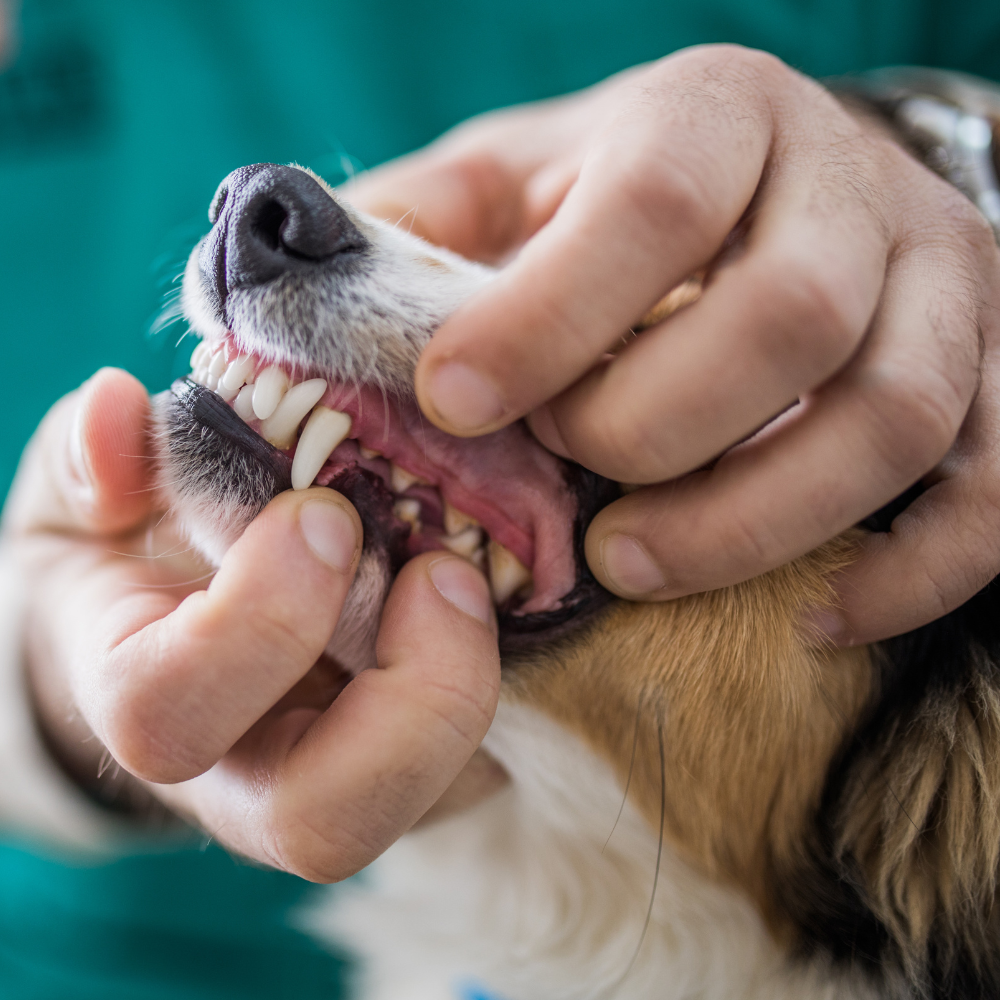Ah, the heartwarming scene of bending down to share a moment with your furry friend, only to be met with an unpleasant odor wafting from their snout. Dogs may not be synonymous with minty-fresh breath, but the intensity of the smell could signal a more significant issue. As a responsible pet owner, it's crucial to recognize that bad breath, or halitosis, is more than just an inconvenience; it could be a symptom of an underlying problem.
Causes for a Dog’s Unpleasant Breath
Is your dog's bad breath a red flag for a deeper health concern? Let's delve into the main culprits.
Metabolic Causes:
Metabolic issues, such as diabetes and uremia, can contribute to bad breath in dogs.
- Diabetes: Characterized by sweet-smelling breath.
- Uremia: Linked to kidney failure, resulting in breath that smells like ammonia.
Respiratory Causes:
Several respiratory issues, including cancer and foreign objects, can be responsible for foul breath.
- Inflammation of sinuses or nasal passages.
- Presence of cancer or tumors.
- Foreign objects lodged in the nose, like sticks or food.
Mouth Diseases:
Diseases affecting the mouth, gums, and teeth are common sources of bad breath.
- Ulceration of mouth tissues, associated with conditions like kidney disease or trauma.
- Inflammation of the throat or tonsils.
- Presence of cancer, tumors, or foreign objects.
- Bacterial, fungal, and viral infections.
Dietary Causes:
Your dog's diet, including the type of food or non-edible items they consume, can impact their breath.
- Consumption of offensive-smelling food.
- Ingestion of odorous substances, such as feces.
Trauma:
Surprisingly, injuries and exposure to certain substances can lead to bad breath in dogs.
- Electric-cord injuries, like biting a live wire.
- Fractures.
- Exposure to caustic agents, including detergents like Tide.
Miscellaneous Causes:
Various other factors, from skin infections to autoimmune diseases, can contribute to bad breath.
- Autoimmune conditions leading to self-attack.
- Diseases caused by masses in the mouth containing white blood cells.
- Infection of skin folds around the lips, known as lip-fold pyoderma.
Diagnosing Bad Breath
Diagnosing bad breath is as simple as taking a whiff of your dog's breath at home. If an unpleasant odor is detected, halitosis is present, indicating an underlying issue. While a malodorous mouth generally signals an unhealthy oral state, it's crucial to understand that multiple causes could be at play. If the diagnosis isn't apparent, a vet visit becomes imperative.
In conclusion, bad breath in dogs is not a standalone ailment but a vital indicator of an underlying health concern. If your furry companion's breath raises a stink, don't delay—schedule a vet visit promptly. Your dog's oral health is a window to their overall well-being.

